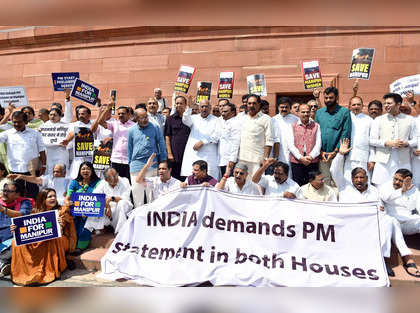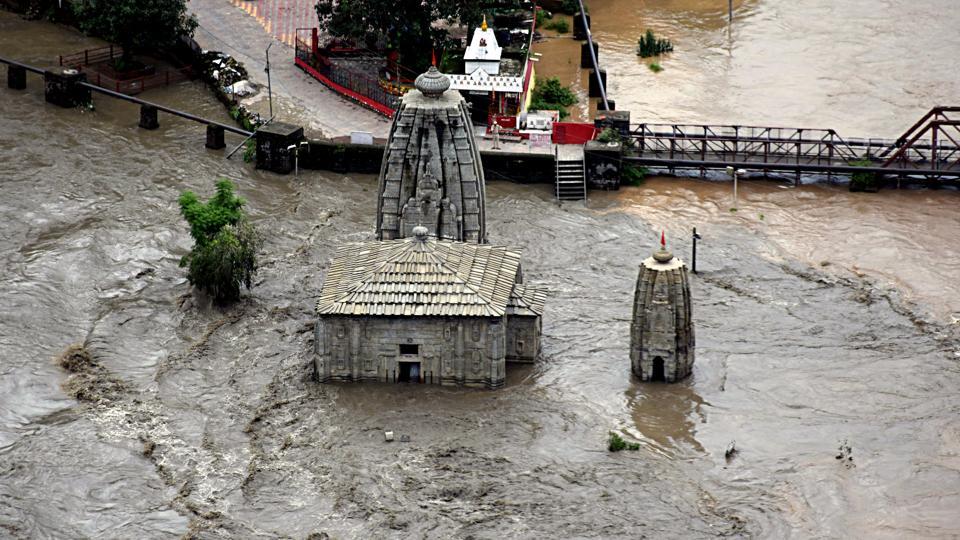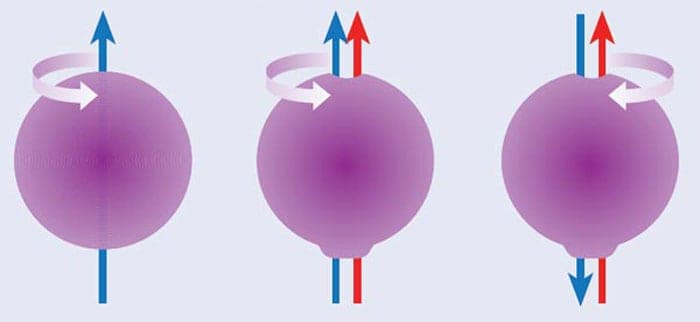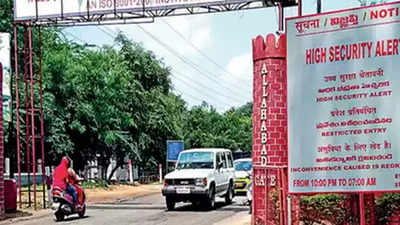The Indian economy is struggling with a ballooning fiscal imbalance and public debt, posing a serious threat to its financial stability. With state and general elections in 2023 and 2024, the electoral budget cycle has the potential to aggravate the debt position, raising concerns about its sustainability.

Central idea
Even before the COVID-19 outbreak, India’s increasing fiscal deficit and national debt were a source of concern. Although there has been some recovery after the pandemic, predictions show that recovering to pre-pandemic debt levels is unlikely in the short term.
What is meant by fiscal deficit?
- The difference between a government’s total expenditures and total receipts (excluding borrowings) for a given time, usually a fiscal year, is referred to as a fiscal deficit.
- It is an important part of a country’s fiscal strategy since it shows the amount of money that the government must borrow to meet its expenditure commitments when total expenses exceed total revenue.
What exactly is meant by public debt?
- The total amount of money owed by a country’s central government to various creditors, whether people, financial organisations, or foreign governments, at a given period in time is referred to as public debt.
- It is the sum of previous budgetary deficits and surpluses. The word “public debt” refers to all outstanding government borrowings, including short-term and long-term.
What exactly is financial repression?
- Financial repression is an economic phrase that refers to government policies and regulations that influence interest rates, capital flows, and other financial instruments in order to divert revenues away from the government’s debt commitments and other strategic interests.
- It usually entails actions intended at lowering the cost of government borrowing and increasing funds for government spending, frequently at the expense of savers and investors.
The budget deficit and governmental debt in India
- One of the highest levels of debt: Even before the COVID-19 epidemic, debt levels in the developing world and emerging market nations were among the highest.
- Fiscal Deficit: The fiscal deficit climbed to 13.3% of GDP in 2020-21 before declining to 8.9% in the post-pandemic period.
- Public Debt: In 2020-21, the aggregate public debt relative to GDP was 89.6%, but it fell to 85.7% once the economy began to recover from the pandemic.
- Debt-to-GDP Ratios in Individual States: Specific debt-to-GDP ratios: Punjab (48.9%), West Bengal (37.6%), Rajasthan (35.4%), and Kerala (near to 33%)
Financial repression’s impact
High Debt and Interest Payments:
- Financial repression may increase government debt levels since it allows for low-interest borrowing. As a result, interest payments on the accumulated debt can constitute a considerable financial burden on the government.
- In India, interest payments account for more than 5% of GDP and 25% of government revenues. This exceeds government spending on crucial sectors such as education and healthcare, stifling investments in critical infrastructure and human development.
- Concerns Unique to Each State: High debt-to-GDP ratios have a particularly negative impact on several Indian states, including Punjab, Kerala, Rajasthan, and West Bengal. The debt burden in many states makes managing money and implementing development plans difficult.
- Fiscal Policy Constraints: High debt levels caused by financial repression might limit the government’s ability to conduct counter-cyclical fiscal policies during economic downturns. This constraint may limit the government’s ability to properly respond to shocks and economic issues.
- Financial Market Distortion: Government actions, such as the SLR requirement, can cause imbalances in the allocation of money, hurting credit availability for productive sectors such as manufacturing.
- Impact on Sovereign Ratings and External Borrowing: High deficits and debt levels might result in poorer sovereign ratings from rating organisations. A low sovereign rating can boost the cost of external commercial borrowing, making it more difficult for the government to get cash from foreign markets.
- Future Generations’ Burden: Excessive debt accumulation can result in intergenerational equity concerns, with future residents being required to repay the debt and interest collected during the period of financial repression.
Source: https://www.sciencedirect.com/science/article/abs/pii/S0954349X22000807







)

